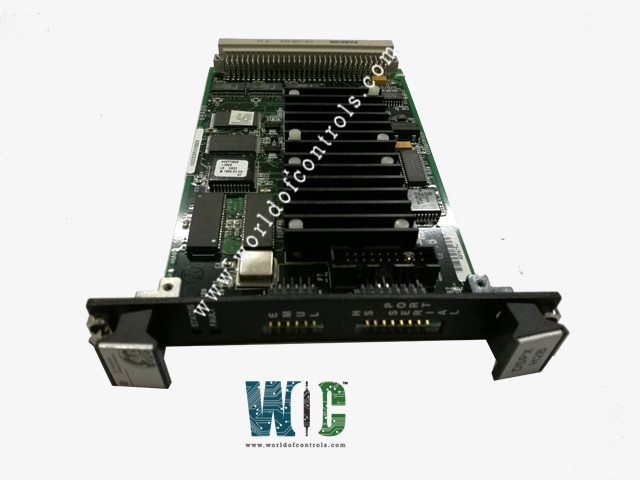
World Of Controls understands the criticality of your requirement and works towards reducing the lead time as much as possible.
IS200DSPXH2BEB - Digital Signal Processor Control Board is available in stock which ships the same day.
IS200DSPXH2BEB - Digital Signal Processor Control Board comes in UNUSED as well as REBUILT condition.
To avail our best deals for IS200DSPXH2BEB - Digital Signal Processor Control Board, contact us and we will get back to you within 24 hours.
SPECIFICATIONS:
Part Number: IS200DSPXH2BEB
Manufacturer: General Electric
Series: EX2100
Analog I/O: ADC/DAC channels
Operating Voltage: 3.3V, 5V, or 12V DC input
Product Type: Digital Signal Processor Control Board
Power Consumption: Low-power mode <1W
Operating Temperature: -40°C to +85°C
Storage Temperature: -55°C to +125°C
Mounting Options: DIN rail mounts
Availability: In Stock
Country/Region of Manufacture: United States
Repair: 3-7 Days
Manual: GEI-100267B
DESCRIPTION:
IS200DSPXH2BEB is a Digital Signal Processor Control Board manufactured and designed by General Electric as part of the EX2100 Series used in Excitation Control Systems. The IS200DSPX Digital Signal Processor Control Board (DSPX) is the primary controller for the bridge and motor regulator and gating functions for Innovation Seriesä drives. It also controls generator field control functions for the EX2100ä Excitation Control. The board provides logic, processing, and interface functions. A high-performance digital signal processor (DSP), common memory components, and an application-specific integrated circuit (ASIC) that executes specialized logic operations are all included in the DSPX board.
STANDARD HARDWARE FEATURES:
The Digital Signal Processor (DSP) in the DSPX operates at 60 MHz. During standard operation, the DSP receives four external interrupts:
SPECIALIZED HARDWARE FUNCTION:
The DSPX board's specialized tasks are provided by bespoke logic in Field Programmable Gate Arrays (FPGA) or ASICs with the necessary supporting circuits. Most specialized and auxiliary tasks can be found in a single ASIC.
ONBOARD FIRMWARE:
WOC has the largest stock of OEM replacement parts for GE Excitation Control Systems. We can also repair your faulty boards and supply unused and rebuilt boards backed up with a warranty. Our team of experts is available round the clock to support your OEM needs. Our team of experts at WOC is happy to assist you with any of your automation requirements. For pricing and availability on parts and repairs, kindly contact our team by phone or email.
How does a DSP differ from a general-purpose microcontroller?
While both can perform similar tasks, a DSP is optimized for high-speed numeric processing, especially with real-time data. DSPs often feature specialized instructions and architectures for the efficient handling of complex mathematical operations.
What are the key features to look for in a DSP Control Board?
Key features include processing speed (measured in MHz or GHz), the number of processing cores, memory capacity, input/output interfaces, power consumption, and support for specific algorithms or applications.
What programming languages are typically used for DSP programming?
DSP programming is commonly done using languages such as C, C++, and assembly language. Some DSPs may also support high-level languages like Python or MATLAB for algorithm development.